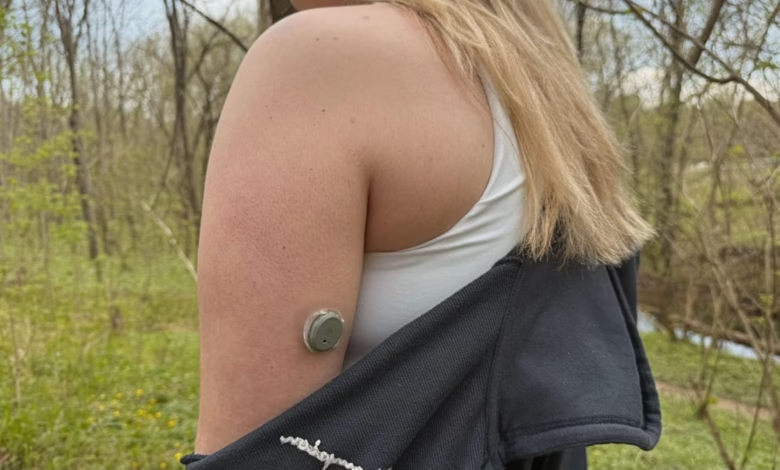
▼ Summary
– The Stelo by Dexcom is an over-the-counter continuous glucose monitor (CGM) that tracks glucose levels and sends data to a smartphone app, priced at $99 for two 30-day sensors.
– The app uses generative AI to provide lifestyle recommendations and share data with healthcare providers, though its AI features are still in early development.
– During testing, the Stelo showed a 93% accuracy rate compared to finger-prick monitors, with readings lagging slightly due to measuring interstitial fluid rather than blood.
– The device helped the user identify how stress and diet affect glucose levels, with spike alerts and insights encouraging better habits like exercise and balanced meals.
– While promising, the Stelo has room for improvement, including more frequent AI insights, better sensor durability, and features like food photo analysis for nutrient tracking.
Living with prediabetes means constantly monitoring metabolic health, and continuous glucose monitors (CGMs) have become game-changers for tracking glucose levels in real time. Recently, I tested Dexcom’s Stelo, the first over-the-counter CGM, to see how it stacks up against traditional finger-prick monitors and other CGMs like Abbott’s Lingo. Over two weeks, I compared readings, analyzed AI-powered insights, and evaluated its practicality for everyday use.
Applying the Stelo sensor was straightforward, though slightly intimidating. The device uses a button mechanism to insert a flexible needle into the back of the arm. While there was a brief sting and warmth, the discomfort faded quickly, similar to getting ears pierced. The sensor itself is compact, making it less obtrusive than some competitors. After a 20-minute warm-up period, it began transmitting glucose data to my smartphone, where an AI-powered app provided personalized feedback.
One of the most valuable features was the spike alerts, which helped me identify stress-related glucose fluctuations. Surprisingly, activities like driving or gaming triggered noticeable spikes, reinforcing the need for mindful eating and stress management. The AI also analyzed my logged meals and exercise, though its weekly insights felt limited. I had to wait days for basic recommendations like adding short walks to stabilize glucose levels.
Accuracy was a major concern, especially after reading mixed reviews online. To verify, I cross-checked Stelo’s readings with a traditional finger-prick monitor multiple times daily. While interstitial fluid measurements (used by CGMs) naturally lag behind blood glucose readings, the Stelo stayed within a reasonable margin of error, usually just a few points off. However, carb-heavy meals did highlight the delay, a known limitation of CGMs.
The app’s educational content and data-sharing capabilities stood out. Users can sync readings with healthcare providers via Dexcom’s Clarity software, offering a streamlined way to discuss trends with doctors. The interface also lets you review historical data, making it easy to spot patterns over weeks or months.
Still, the Stelo has room for improvement. The adhesive patch collected dirt quickly, and one sensor malfunctioned entirely. The AI, while promising, needs more frequent and actionable insights, daily feedback would be far more useful than weekly summaries. Dexcom plans to expand features, like adding food recognition for easier logging, which could make future versions even more compelling.
At $99 for a 30-day supply, the Stelo is a solid option for those managing prediabetes or metabolic health. It’s particularly useful for identifying how diet, stress, and exercise impact glucose levels. While not perfect, its accuracy and ease of use make it a worthwhile tool, especially for anyone new to CGMs or seeking a less invasive alternative to finger-prick tests.
For now, the Stelo delivers on its core promise: helping users understand their glucose patterns without constant finger pricks. With refinements to its AI and durability, it could become an indispensable health tool for millions.
(Source: ZDNET)

